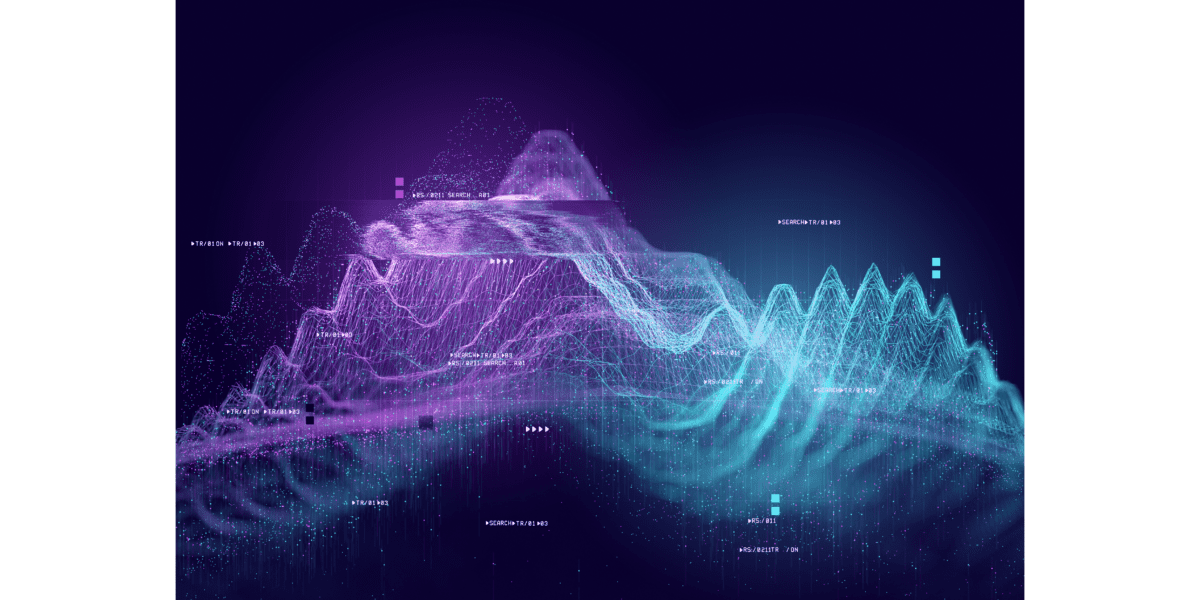The Achilles Heel of Large Language Models: FraudGPT, WormGPT and Constella’s Proactive Response to AI-Powered Cyber Threats
The Achilles Heel of Large Language Models: FraudGPT, WormGPT and Constella’s Proactive Response to AI-Powered Cyber Threats
The capabilities of large language models (LLMs) have come into sharp focus recently, with applications ranging from generating complex and creative texts to mimicking human-like conversation creating AI-Powered Cyber Threats. However, this power isn’t without its shortcomings. The Achilles heel of these advanced AI models appears to be their potential misuse for scam creation, underlining the necessity of robust cybersecurity measures.
Emerging AI-driven threats, such as WormGPT and FraudGPT, have leveraged the capabilities of LLMs to aid in phishing and malware creation, posing new challenges to cybersecurity efforts. While these models usher in a new age of technological marvels, their potential exploitation by threat actors highlights the criticality of countering the threats they pose and protecting users from their misuse.
New Threat Landscape
Recent reports from cybersecurity forums and platforms, including the Security Boulevard, have detailed the use of models like WormGPT and FraudGPT. These LLMs are utilized to generate phishing emails and potentially malicious code, indicating a worrying trend towards the weaponization of AI for harmful purposes. The WormGPT model, purportedly based on the GPT-J architecture by EleutherAI, is believed to be trained on a wide array of data sources, with a focus on malware-related data.
Another threat, FraudGPT, is described as a tool capable of creating “undetectable malware” and uncovering websites vulnerable to credit card fraud. However, experts believe that the actual capabilities of these models may not be as high as advertised, and they may indeed be used more as tools to deceive less tech-savvy individuals.
Constella’s Response
In response to this concerning development, Constella is taking proactive steps to safeguard its user base. We are currently testing various LLMs, aiming to reproduce these potentially harmful tools in a controlled and secure environment. This approach enables us to gain deep insights into the mechanics of these AI models and understand how they may be employed for malicious purposes.
By replicating the potential threats, Constella aims to improve our security systems’ responsiveness and effectiveness. This initiative aligns with our commitment to staying one step ahead of cybercriminals, continually innovating, and reinforcing our users’ security.
The Way Forward
Understanding the dynamics of these new AI threats allows Constella to devise advanced protective strategies and reinforce our existing cybersecurity infrastructure. As a part of our continuous effort to ensure the safety of our users, we are investing in research and development to advance our AI-powered security measures.
While the current threat level from AI-powered tools like WormGPT and FraudGPT may not be as severe as some believe, it’s critical to anticipate and prepare for the potential advancements in this field. As such, Constella is committed to developing cutting-edge solutions to combat the evolving threats in the cyber landscape, upholding our promise to offer secure and reliable services to our users.
In conclusion, the potential misuse of LLMs for scam creation underscores the need for vigilance in the face of evolving cybersecurity threats. As AI continues to play a dual role as a cybersecurity tool and potential cyber threat, Constella remains committed to protecting our users, staying vigilant and prepared for whatever the future may hold.



